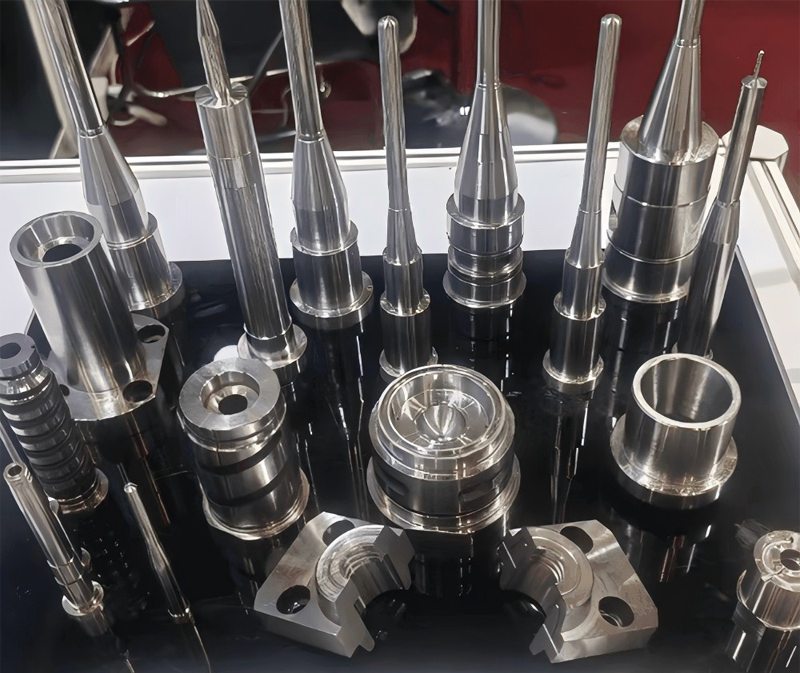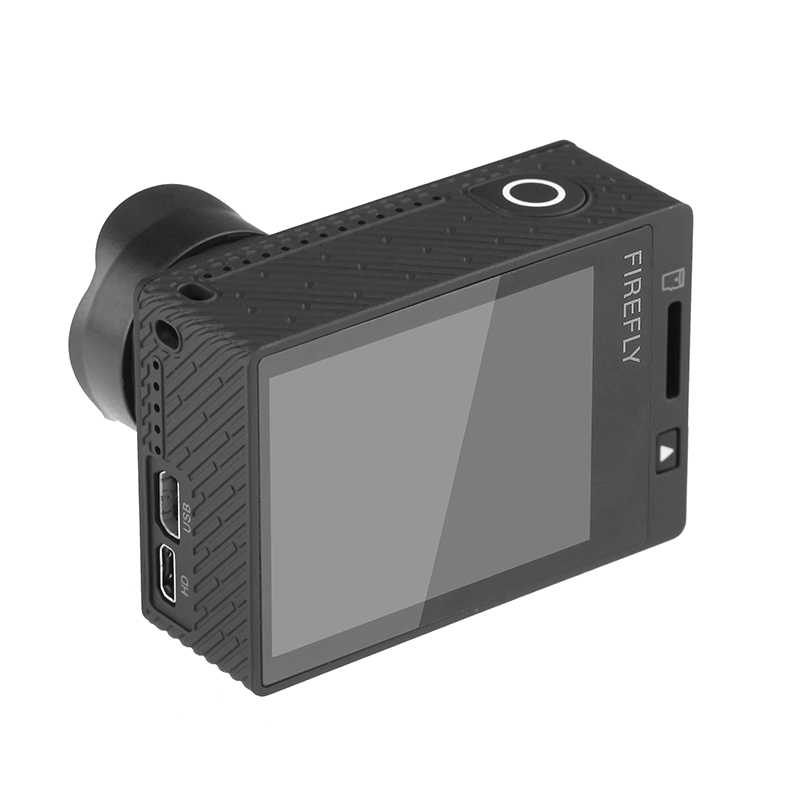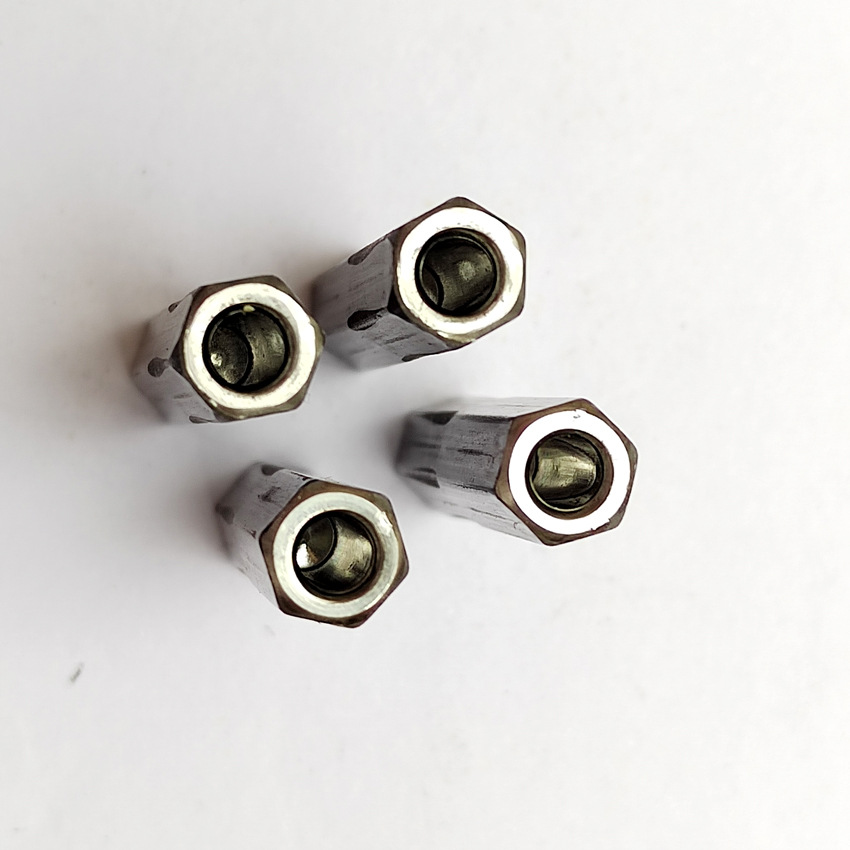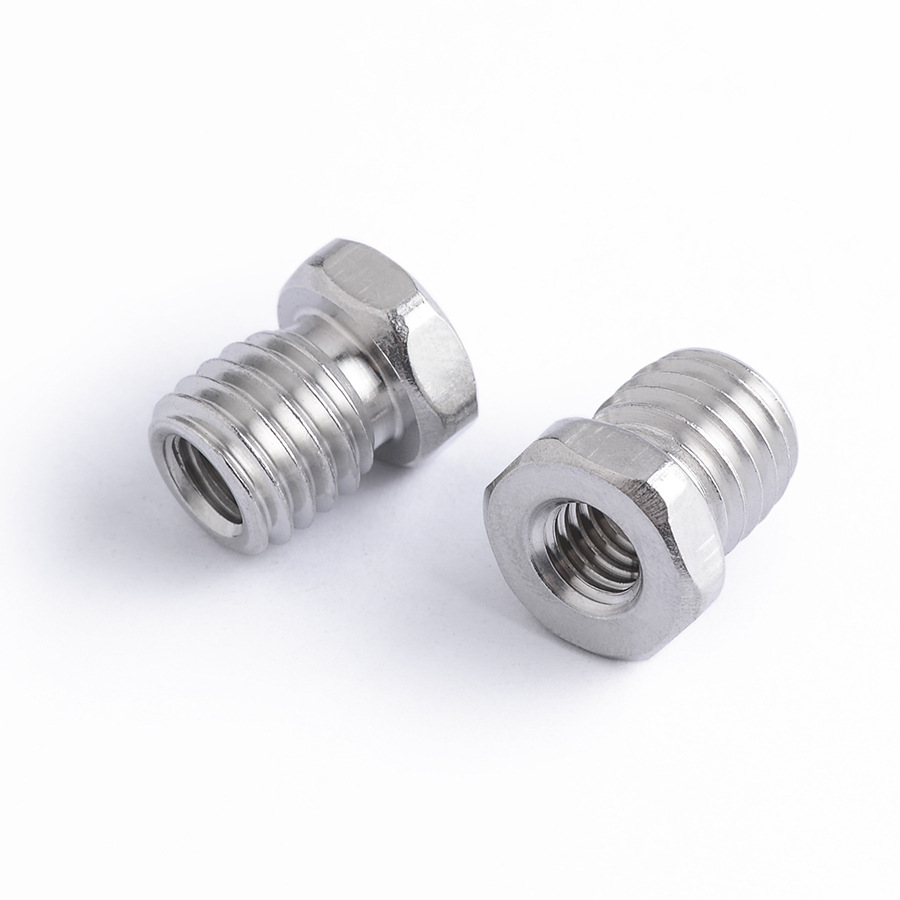As the economy develops more and more, people’s living standards improve and their requirements for security are getting higher and higher. At the same time, due to factors such as wars in the third world, terrorists and extremists, domestic airports, railway stations and mass gathering places are equipped with more and more high-end security equipment.In order to open the market, baggage scanner machines Constantly improve the ability of business development and create an extraordinary brand image for it. https://secuzoan.com/
The performance of security inspection equipment has improved a lot compared with previous years. Security inspection X-ray machines are essential equipment for security inspection channels. How this equipment can distinguish dangerous items such as explosives, drugs, guns, knives, etc., we need to start with the principle of security inspection machines.
x-ray machines
ZA5030A
The security inspection machine is an electronic device that uses a conveyor belt to send the checked luggage into the X-ray inspection channel to complete the inspection. When the luggage enters the X-ray inspection channel, it will block the package detection sensor, and the detection signal will be sent to the system control part, generating an X-ray trigger signal, triggering the X-ray source to emit an X-ray beam.
The X-ray beam passes through the inspected objects on the conveyor belt, and the X-rays are absorbed by the inspected objects and finally bombard the semiconductor detector installed in the channel. The detector converts the X-rays into signals, and these very weak signals are amplified and sent to the signal processing chassis for further processing. After these signals are processed, they are displayed on the display screen.
”No matter how many layers a package has, X-rays can penetrate it and display the items in the package layer by layer.” Dangerous items are identified by different colors. Multi-energy colored organic matter is displayed in orange, inorganic matter is displayed in blue, and mixtures are displayed in green. High energy/low energy are switched to display. High energy displays metals, etc., and low energy displays non-metals. In the image display system, the X-ray sensor L-shaped photodiode array detector (multiple energies are optional), 12-bit depth, high penetration display increases the brightness of dark areas in the image, so that items hidden behind highly absorbent objects are clearly displayed. Low penetration display increases the contrast of low absorption (easy to penetrate) objects, making easy to penetrate objects clearer; therefore, the X-ray security inspection machine is not a decoration, but actually undertakes the work of protecting railway safety.
So how does the security inspection machine detect these dangerous items?
1. Image monitoring method
Image monitoring method directly determines the object from the X-ray image configuration. Therefore, whether the object is suspicious depends on the image on the monitor or display. Unusual objects or objects with different shapes that appear on the display or monitor should be considered suspicious objects. Objects that cannot be accurately identified should also be considered suspicious objects and need to be carefully investigated. The image can be located and analyzed as needed.
2. Color analysis method
The color analysis method is to identify the type of material based on the different colors that different materials show under the x-ray image. The various colors that appear on the monitor are a reflection of the density, quality and quantity of the object. Therefore, the quality of the object can be evaluated based on the depth of the image color.
Light yellow is generally the color of a single piece of clothing, thin plastic, and a small amount of paper.
Orange is generally the color of soap, soap, explosives, drugs, wood, leather products, etc.
Dark orange is generally the color of a large number of books, paper, RMB, high-concentration liquids, large bags of rice and flour, etc.
Blue is the color of inorganic substances such as copper, iron, and zinc. Thick cables, stun guns, bullets, gun barrels, guns, and knives show different shades of blue. Green is the color of mixtures, stainless steel products, cables, etc. show different shades of green. Red is the color of impenetrable objects, mostly heavy metals and thick objects.




